Four Stages Of A Self-Directed Learning Model
TeachThought
MARCH 26, 2025
The goal of the model isn't content knowledge (though it should produce that), but rather something closer to wisdom--learning how to learn.
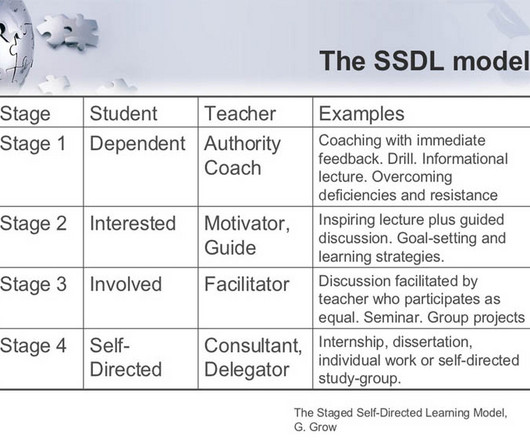
TeachThought
MARCH 26, 2025
The goal of the model isn't content knowledge (though it should produce that), but rather something closer to wisdom--learning how to learn.

ED Surge
MARCH 27, 2025
One of the perks of Angie Adams job at Samsung is that every year, she gets to witness how some of the countrys most talented emerging scientists are tackling difficult problems in creative ways. Theyre working on AI tools that can recognize the signs of oncoming panic attacks for kids on the autism spectrum in one case, and figuring out how drones can be used effectively to fight wildfires in another.
This site is protected by reCAPTCHA and the Google Privacy Policy and Terms of Service apply.

Anthropology.net
MARCH 27, 2025
The narrative of human technological advancement has long positioned metallurgy as a hallmark of settled agricultural societies. However, recent findings from the Gre Fılla site in southeastern Turkey suggest that the roots of metalworking may extend deeper into our hunter-gatherer past than previously understood. a) Location of early metallurgical activities in Anatolia and Gre Fılla archaeological site. b) The context where the vitrified material (GRE-VRF) was found. c-d) Stru

The Hechinger Report
MARCH 25, 2025
Will Geiger estimates that he read about 10,000 college application essays over the course of a years-long career in college admissions and scholarships before ChatGPT came on the scene in 2022. Shortly afterwards, Geiger began to notice that essays felt less and less like they had been written by 17- or 18-year-olds. He saw more hyperorganized five-paragraph essays; more essays that were formatted as a letter to someone; and certain examples and words being used over and over again by different
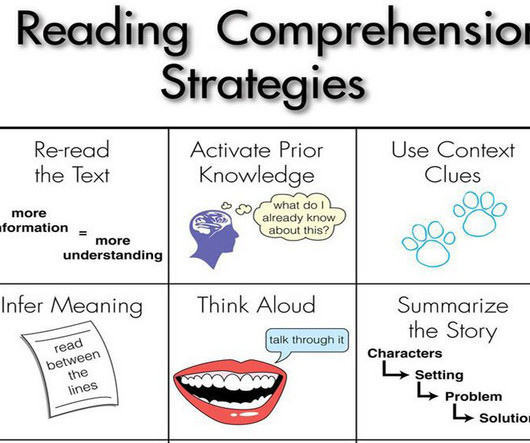
TeachThought
MARCH 23, 2025
Reading strategies useful in every content area include Questioning the text, Visualization, and using Context Clues to infer meaning.

ED Surge
MARCH 26, 2025
Looking back on my educational journey, I recently reflected on my classroom experiences from kindergarten to fourth grade. The summer before I entered the fourth grade, my mother informed me that I would be attending a new school in my same community with one caveat: it was a class in the gifted and talented education (GATE) program. Before that moment, I was blending in with my peers and navigating the typical challenges of elementary school.
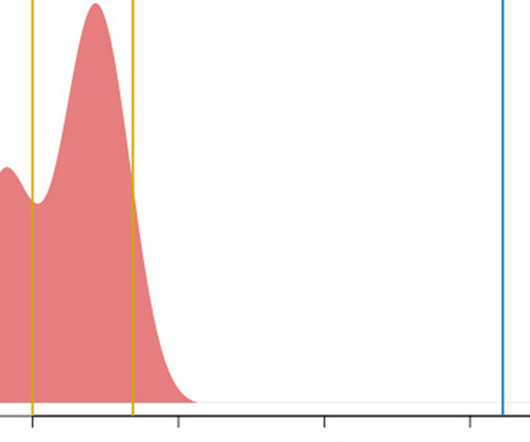
Anthropology.net
MARCH 26, 2025
Neanderthals are often recognized for their distinct facial features—large, forward-projecting midfaces, prominent brow ridges, and wide nasal openings. In contrast, modern humans have relatively smaller, flatter faces with retracted midfaces and more delicate bone structures. For decades, researchers have debated the evolutionary forces behind these differences.
Social Studies Network brings together the best content for social studies educators from the widest variety of thought leaders.
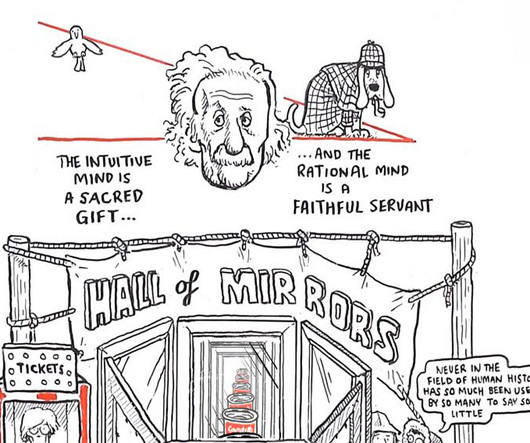
TeachThought
MARCH 24, 2025
It is suggested that the brain does not have one learning system but four--each with its own unique memory pattern and accompaniments.
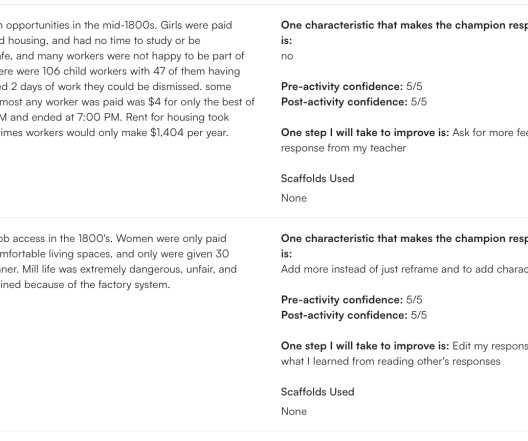
Moler's Musing
MARCH 26, 2025
Today, I ran a new Rack and Stack using some familiar EduProtocols but with a fresh flow. The whole lesson was built around this opening statement: The Lowell Mill Girls had an extraordinary opportunity. That one sentence carried us through the entire class. I wanted students to come back to it over and over again, thinking critically about whether or not it was actually true.
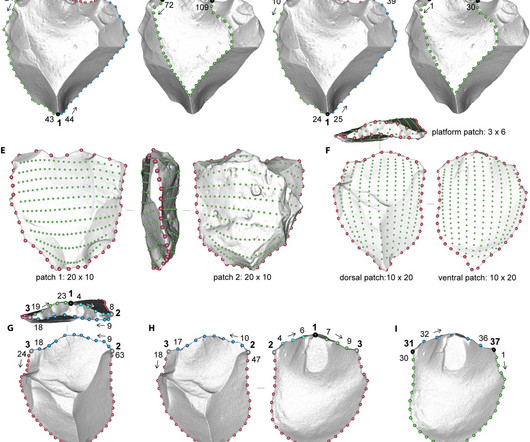
Anthropology.net
MARCH 25, 2025
For decades, archaeologists have debated the nuances of Levallois technology—a stone tool production method used by Homo sapiens , Neanderthals, and other ancient hominins. These tools, characterized by a prepared-core technique that allowed for precise flake removal, have long been studied using traditional measurements. But a new study introduces a more sophisticated approach—three-dimensional geometric morphometrics (3D GM)—to examine the shape and variability of Levallois c
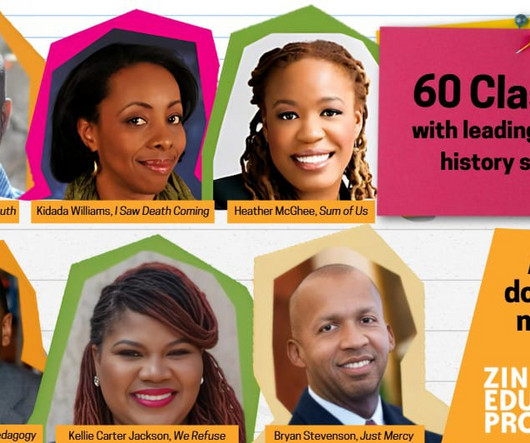
Zinn Education Project
MARCH 28, 2025
The Teach the Black Freedom Struggle online classes launched in March of 2020. Conceptualized by Dr. Jeanne Theoharis, these sessions bring together committed scholars with hundreds of educators to learn illuminating history and discuss its relevance for our time and for our classrooms. The sessions are a gift reciprocated. For K12 educators, the classes offer compelling alternatives to the standard narrative found in most textbooks.

TeachThought
MARCH 22, 2025
Creativity is not the finding of a thing, but the making of something after it is found.

Studies Weekly
MARCH 28, 2025
Classroom Behavior Management Ideas to Try Mar 28, 2025 By Debbie Bagley NEWSLETTER Teaching children to manage their emotions is essential in the 21st century. A unique and effective way teachers can do this is by giving opportunities for regulating emotions through proprioceptive input activities. Proprioceptive input, the body’s sense of position and movement, relies on sensory input from joints and muscles.
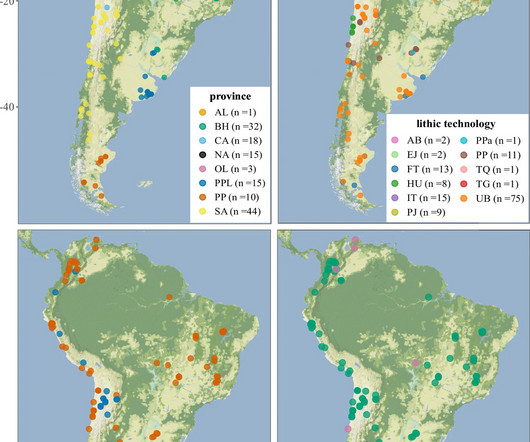
Anthropology.net
MARCH 26, 2025
The early human settlement of South America stands as one of the last great migrations in human history, yet the environmental conditions that shaped this journey remain debated. New research by Lorena Becerra-Valdivia, published in Nature Communications 1 , suggests that humans did not simply follow stable climates but adapted to fluctuating conditions, sometimes settling in areas experiencing severe cold.
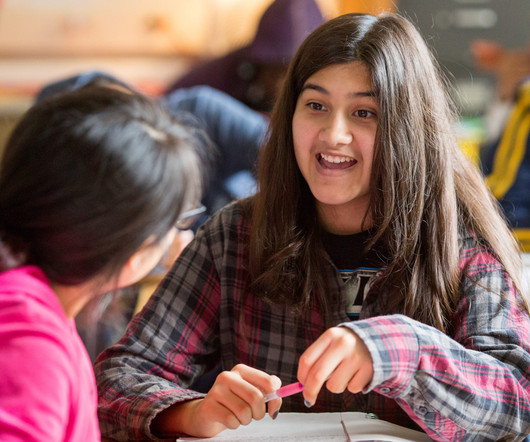
The Hechinger Report
MARCH 23, 2025
For the past century, we have treated intelligence as something measurable a score on an IQ test, a standardized exam or a checklist of marketable skills. Education systems were built on the belief that if we filled young minds with enough knowledge, progress would follow. We rewarded students for getting the right answers, for competing rather than collaborating, for mastering subjects rather than navigating human relationships.
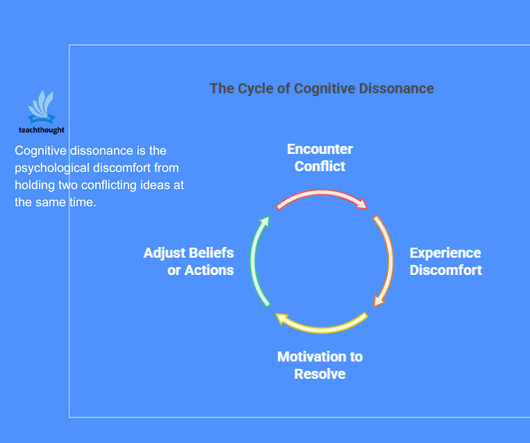
TeachThought
MARCH 26, 2025
Cognitive dissonance is the psychological discomfort that arises when an individual encounters a conflict between what they believe and how they behave, or between two competing beliefs.
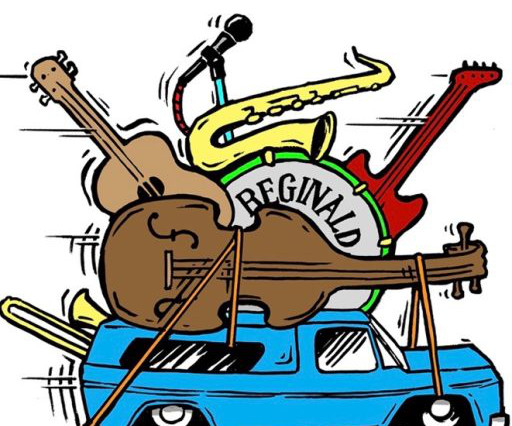
Life and Landscapes
MARCH 24, 2025
The 50th Anniversary of the Louisville Grotto’s “Speleofest” held in Hart County, Kentucky, at their Lone Star Cave Preserve, Memorial Day Weekend, 2022. Here is a virtual tour of the cave’s interior! (Click on my Vimeo link below, if the video doesnt immediately show) The Life and Landscapes Blog Site is at: www.vanstockum.blog/lookin Also find me at: www.facebook.com/reggievanstockum www.instagram.com/reggievanstockum www.vimeo.com/reggievanstockum www.youtube.com @regg
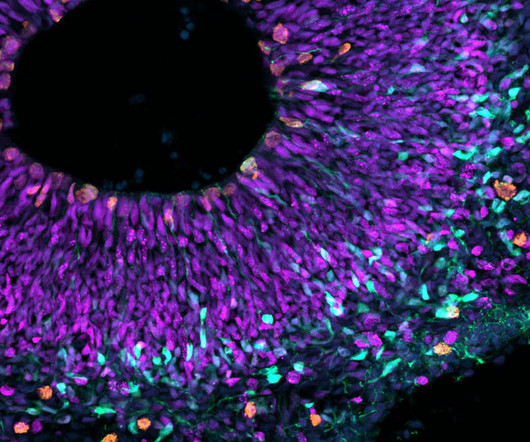
Anthropology.net
MARCH 28, 2025
The human brain stands apart in the animal kingdom, not just in sheer size but in its remarkable cognitive abilities. For decades, researchers have sought to understand what genetic changes fueled the expansion of our neocortex, the region responsible for higher-order thinking, reasoning, and language. A recent study published in Science Advances 1 by Nesil Eşiyok and colleagues sheds light on this question, identifying a crucial genetic duo— NBPF14 and NOTCH2NLB —that orchestra

Sapiens
MARCH 25, 2025
For the eighth season of the SAPIENS podcast, were meeting at a crossroads of culturespast and presentin search of humanitys collective destination. Culture is a force that makes us who we are. It drives social interactions and relationships, shapes beliefs and politics, ignites imaginations, and molds identities. Cultural conflicts are at the heart of many crises facing the worldincreasing inequality, persistent bigotry, ecological collapse.

TeachThought
MARCH 24, 2025
Massive Open Online Courses (MOOCs) allow learners access to free courses facilitated by top educators and experts in every subject area.

Edthena
MARCH 25, 2025
Big news! Edthena is proud to announce our collaboration with researchers at the University of Virginia and the University of Albany on an AI-based multi-modal neural network project funded by the Gates Foundation. In non-tech speak, it’s a computer that watches and listens to classroom activities to give teachers helpful feedback. The groundbreaking AI feedback system will be unlike anything available today.
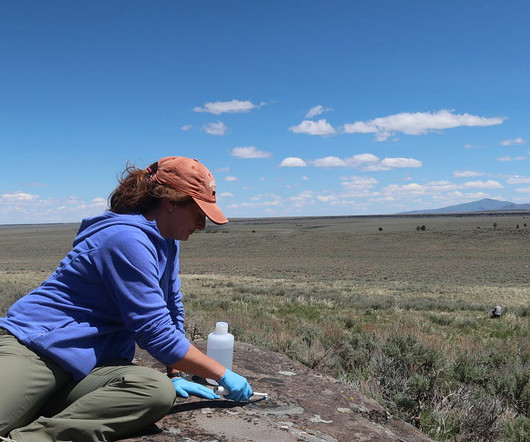
Anthropology.net
MARCH 26, 2025
Archaeology often deals with what remains—the bones, the stone tools, the charred remnants of ancient hearths. But in the upland regions of Warner Valley, Oregon, a different kind of evidence is telling the story of early human diets: microscopic starch granules trapped in the cracks of bedrock metates. These stone grinding surfaces, found alongside rock art panels and other cultural features, are yielding the first direct evidence of plant processing in this landscape.

Institute for Citizens & Scholars
MARCH 28, 2025
Few institutions have faced the complexity of their history as directly as UVA. From the shadow of the 2017 Unite the Right rally to the complex legacy of Thomas Jefferson, the university has become a place where meaningful conversations about tough topics arent just necessarytheyre expected. Louis Nelson, UVAs Vice Provost for Academic Outreach, explains how students are gaining the skills to bridge divides and foster real understanding through the Public Service Pathways program.

Digital Promise
MARCH 27, 2025
The post The Importance of Place-Based Learning in Digital Spaces appeared first on Digital Promise.

ED Surge
MARCH 25, 2025
As PTA president at my childrens school, I rely on social media to keep families informed about everything from sports and musicals to important school updates. But Ive also seen firsthand how it can be distracting or be used to share comments that conflict with school values. It is particularly hard to create a healthy digital school culture when school leaders have little control over removing content, such as confession accounts, fight accounts and impersonation accounts.
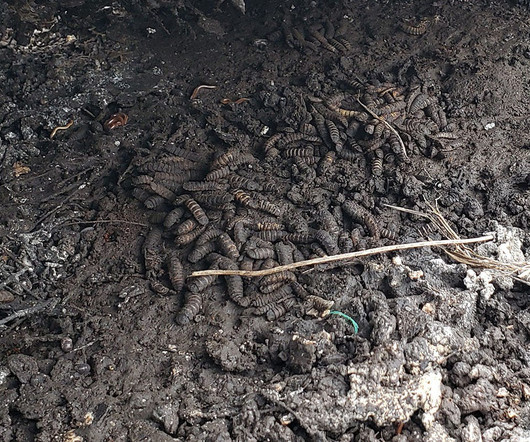
Anthropology.net
MARCH 25, 2025
For decades, the prevailing view of Neanderthal subsistence has been simple: they were apex predators, consuming large amounts of meat, perhaps more than any other known hominin. Nitrogen isotope ratios in Neanderthal bones have suggested a diet even richer in animal protein than that of hyenas or cave lions. But a new study proposes a different explanation—one that suggests Neanderthals were eating something most modern humans would consider unthinkable: maggots.

TCI
MARCH 25, 2025
In todays elementary classrooms, a heavy emphasis on standardized test preparation has led to a significant imbalance in instructional time. While English language arts (ELA) and mathematics dominate daily schedules, subjects like social studies and science are often sidelined. However, research increasingly shows that integrating knowledge-rich instruction across subjects is essential for improving literacy, critical thinking, and overall student success.

Anthropology News
MARCH 27, 2025
The elevator doors opened to the smell of coffee, olive oil, and cumin. Salam! Ayoub called out. Salam, I answered, barely awake. I had brought bread and oranges. Ayoub was busy frying eggs. Dawn, as I was to find out, was his favorite time of day: awake while everybody else was asleep, it was as if the shelters kitchen was his own. Ayoub and I had first met months earlier, in the same kitchen, in the basement of an emergency shelter for migrants, on the outskirts of a small town in the French A
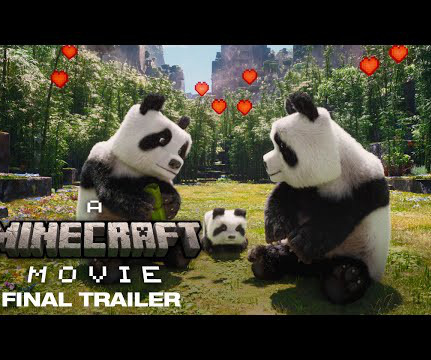
Living Geography
MARCH 24, 2025
One of the projects I've been working on for over a year now is connected with Minecraft for an educational project. Here are the details as shared in an Environment Agency report in January 2025 (ahead of our completion of the project and trialling in the last few weeks). Coastcraft Game Following a successful roll-out of the online game Rivercraft developed by the Environment Agency, Microsoft and Blockbuilders, another version called Coastcraft has been developed for coastal contexts.
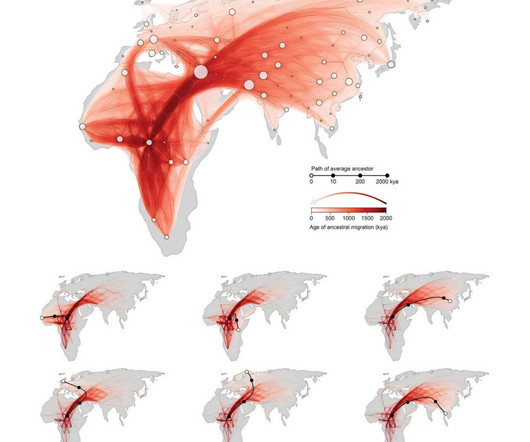
Anthropology.net
MARCH 28, 2025
Traditional ancestry reports often provide a static snapshot, indicating, for example, that an individual is "50% Irish." While informative, this perspective oversimplifies the intricate tapestry of human ancestry, which is more akin to a dynamic film than a still photograph. Recognizing this complexity, researchers from the University of Michigan have developed a statistical method 1 that offers a more comprehensive view of our ancestral origins and migrations over time. Credit: Science

TCI
MARCH 25, 2025
Elementary education has traditionally prioritized English Language Arts (ELA) and mathematics, often sidelining social studies. However, recent research highlights the crucial role of social studies instruction in developing strong reading skills. Despite mounting pressure to improve literacy rates, many schools continue to dedicate limited instructional time to social studies.

Political Science Now
MARCH 27, 2025
The Ins & Outs of APSA Research Grants Tuesday, April 1, 2025 2:00 3:30 p.m. Eastern | Register Here Join the APSA Committee on the Status of Graduate Students in the Profession for another virtual workshop aimed at funding your research! This workshop will focus on providing graduate students with the skills and knowledge necessary to apply for APSA grants, including Centennial Center research grants and APSAs various diversity, equity, and inclusion grants.

Living Geography
MARCH 28, 2025
A new set of videos from Time for Geography explores geographical careers. These were mentioned in my presentation at an RGS Teachmeet earlier in the week and will be added to my growing list of careers related resources. There are some interesting contexts here for teaching about the value of geography to future career prospects. Here's another video: this time from a set of Careers Videos from the Geography Teachers Assocation of Victoria called 'I am a Geographer'.
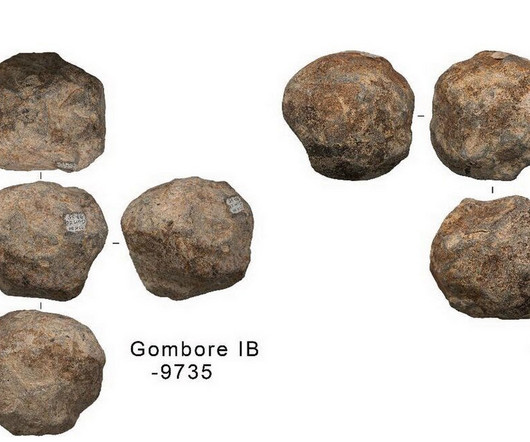
Anthropology.net
MARCH 25, 2025
Stone tools are often thought of as deliberately crafted artifacts, chipped and shaped by early hominins to serve a particular function. But new research suggests that at least some of the earliest tools may not have been made, but rather, found. A study by Dr. Margherita Mussi, published in Quaternary International , examines naturally occurring basalt spheres from the Pleistocene archaeological sites of Melka Kunture, Ethiopia.

TCI
MARCH 25, 2025
Reading comprehension is more than just learning how to decode wordsits about understanding the world around us. Yet, many elementary classrooms dedicate minimal time to science instruction, missing a key opportunity to build background knowledge that strengthens literacy skills. Research shows that students who engage in structured science learning develop stronger vocabulary, analytical thinking, and reading comprehension.

O-Level Geography
MARCH 28, 2025
A 7.7 magnitude earthquake struck Myammar and affected Bangkok, Thailand, Hanoi, Vietnam and China on 28 Mar 2025. Where is the epicentre? How deep was the focus? What was the extent of damage? Why are preparedness measures important in disaster risk management? Report of the earthquake on facebook and instagram. Video sent by my former student who was in Bangkok.

Living Geography
MARCH 27, 2025
Up on the RGS-IBG website already although it's only March and it's not until September are details of a webinar I'm leading on the 18th of September. You can book a place (it's free to attend) on this link. Details: There has never been a better or more important time to embed geographical careers education into your curriculum. Studying geography provides students with knowledge and transferable skills that will reward them personally and advance them professionally.
Let's personalize your content